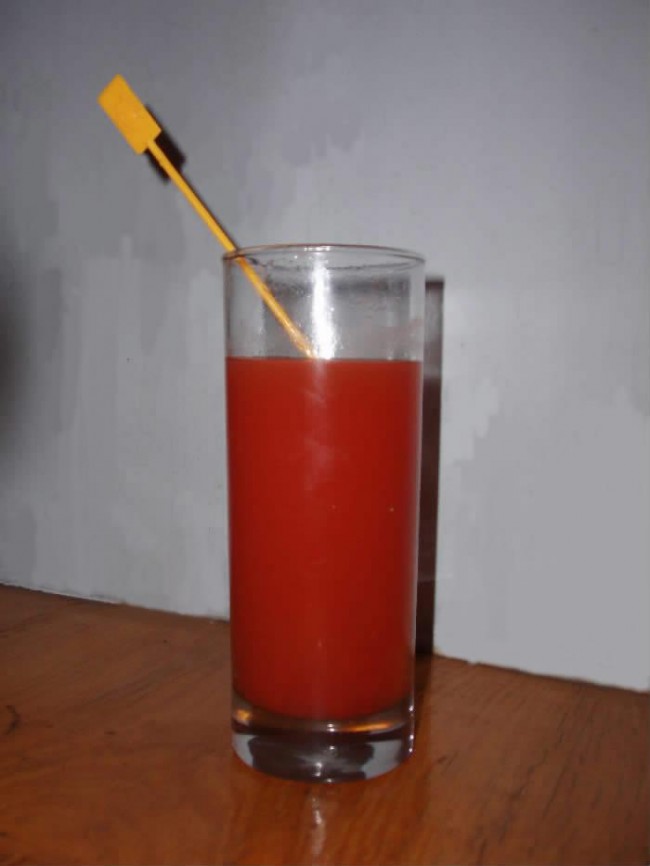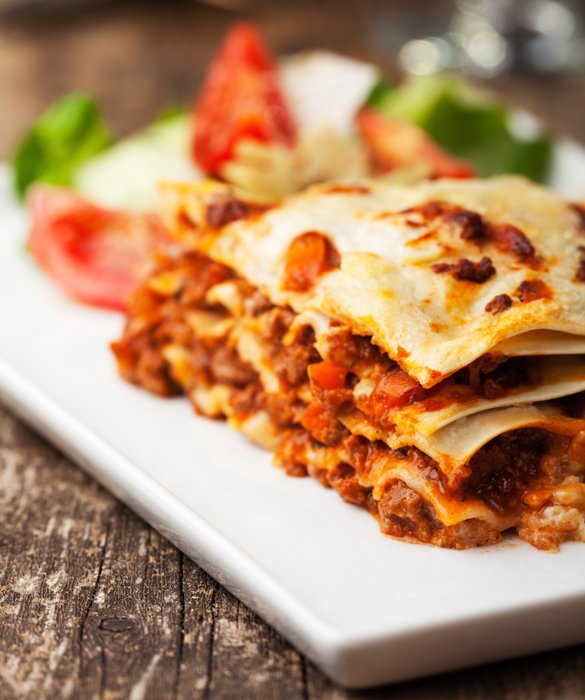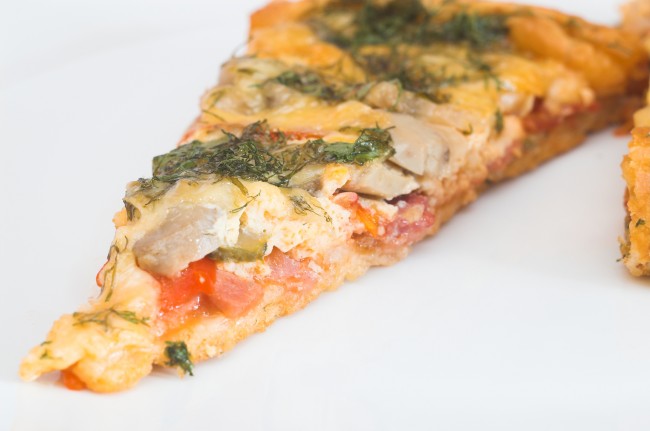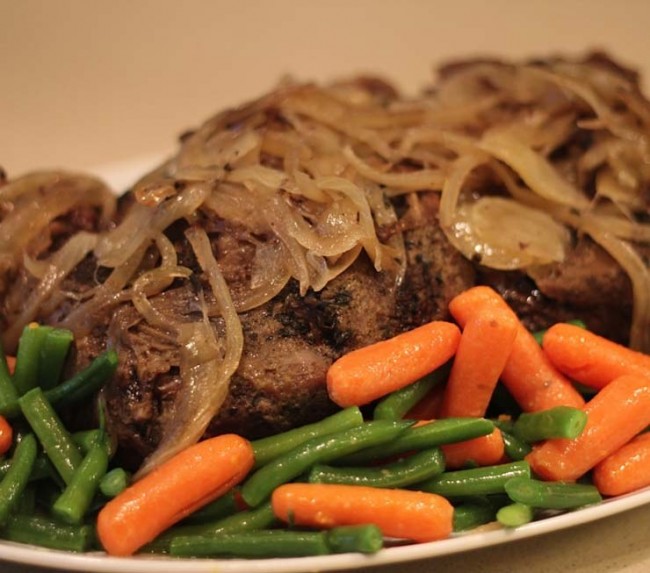People eat a whole lot of weird things in this world. Most things other people find weird are just because of the cultural differences that come along with those dishes. For example, if I were French, perhaps I’d crave escargot like I crave PB&J, even though my doctor says I should take it easy on the PB portion of it for some reason, but, regardless, I don’t. To me, a dish of cooked up snails is gross, simply because I’ve never grown up, or even visited, a culture that celebrates that in it’s identity as a nation. This sentiment remains true for other things as well, like Norway’s lutefisk, which is a wild concoction of whitefish soaked in lye, straddling the line between jellied fish and soap; I’d rather just have tunafish. Or stopping in Mongolia for some airag, a fermented milk-booze which just screams “should’a had water!” because getting loaded can’t be worth what that must taste like. One delightful little treat that seems fairly globally accepted as advantageously healthy is something that I’ve placed in my “super gross” category since I first heard it was even a thing: placenta. Now, just a quick word about taste before I get into the actual recipes. I think an extremely important distinction to make here is that just because I think eating placentas is disgusting, in no way does that make it actually disgusting. Just because you think something is weird, doesn’t make your opinion the be-all-end-all decision on anything. Your opinion, like mine, doesn’t matter. So if someone you know or love is trying to eat their placenta (it is very important to only eat yours because of possible blood-borne pathogens and disease in other people’s), let them eat that shit. Don’t be a party pooper.
Throughout the world, the placenta is commonly revered in many different ways and is generally seen as spiritually important from nature. Some cultures believe it directly ties together with the health of the baby and/or the mother or, like in some African cultures, that it is even the dead twin of the newborn and therefore needs the proper funeral practices that a full-on human would receive. Common amongst all of these cultures, however, is that the placenta is to be buried. New Zealanders look at it as giving back to mother nature for the gift of their child, while in Thailand it is common that the placenta be cured with salt and placed in a clay pot to then be buried underneath a tree, and depending on which month the child was born, that is the way the pot should be facing in the ground. In the west, like most things, the placenta is usually regarded as waste. However, the practice of eating the placenta is still heard of here as well as throughout the world. Ways to eat the placenta (which really just involve “normal” recipes and substituting some ingredient for placenta) range from hearty stews to supplement pills if you’re on the go a lot, but here are some recipes for those who don’t want just a boring placenta pill.
Placenta Cocktail (which I’m sure can be altered however you wish):
1/4 cup raw placenta
8oz V-8 juice
2 ice cubes
1/2 cup carrot.
Blend at high speed for 10 seconds
Placenta Lasagna (Plasagna):
Use your favorite Lasagne recipe and substitute this mixture for one layer of cheese. In 2 tbl. olive oil, quickly saute meat of 3/4 placenta, ground or minced; plus 2 sliced cloves of garlic, 1/2 tsp. oregano, 1/2 diced onion & 2 tbl. tomato paste, or 1 whole tomato.
Placenta Stew:
Meat of 3/4 placenta in bite size chunks, 1 potato (cubed), 1/4 cup fresh parsley, 2 carrots, 3 ribs celery, 1 zucchini, 1 large tomato, 1 small onion. Dredge meat in 1 tbl. flour mixed with 1 tsp. salt, 1/2 tsp. paprika, pinch of cloves, pinch of pepper, 6-8 crushed coriander seeds. Saute meat in 2 tbl. oil, then add vegetables (cut up) and 4-5 cups of water. Bring to full boil, then simmer for 1 hour.
Placenta Pizza (maybe even with stuffed crust, yum!):
Grind placenta. Saute in 2 tbl. olive oil with 4 garlic cloves, then add 1/4 tsp. fennel, 1/4 tsp. pepper, 1/4 tsp. paprika, 1/4 tsp. salt, 1/2 tsp. oregano, 1/4 tsp. thyme, and 1/4 cup of wine. Allow to stand for 30 minutes, then use with your favorite home made pizza recipe. It’s a fine placenta sausage topping.
Placenta Spaghetti:
Cut meat of 3/4 placenta into bite size pieces, then brown quickly in 1 tbl. butter plus 1 tbl. oil. Then add 1 large can tomato puree, 2 cans crushed pear tomatoes, 1 onion, 2 cloves of garlic, 1 tbl. molasses, 1 bay leaf, 1 tbl. rosemary, 1 tsp. ea. of salt, honey, oregano, basil, and fennel. Simmer 1 1/2 hours.
Placenta Roast (perfect holiday substitution):
INGREDIENTS:
1 to 3 lb. placenta no more than 3 days old
1 large onion
1 large green or red pepper (green will add color to the presentation)
1 cup tomato sauce
1 sleeve of saltine crackers
1 tsp crab or shrimp seasoning
1 tsp black pepper
1 tsp white pepper
1 clove garlic (roasted and minced)
DIRECTIONS:
Preheat oven to 350 degrees.
Chop onion and green or red pepper in small cubes. Place in large bowl. Crush saltines into crumbs and add to onion and pepper cubes.
COMBINE IN LARGE BOWL:
Placenta, seafood seasoning, pepper, garlic, and tomato sauce. Place into aluminum loaf pan. Cover and bake for 1 and 1/2 hours, occasionally pouring off excess liquid. Retain liquid for gravy base if desired.
And there you have it! Plenty of super easy recipes that I’m sure the cooks out there already know of. Like I said, it’s really just replacing placenta for say, beef or sausage, as is the case with the pizza. I’m assuming there are plenty of other options out there as well, such as various sandwiches, or possibly even making it into its own form of sausage with a casing and eaten like a hot dog or something. Eating a placenta is only weird if you have no desire to do it and have never been around anyone who has eaten it, but maybe when you have your little bundle of joy, you and your partner may be struck with the craving; and when you are, don’t settle for crushed up supplement pills, get fancy!
(I do apologize for the lack of pictures of finished dishes. Apparently, there aren’t many photographers taking pictures of finished placenta dishes.)








